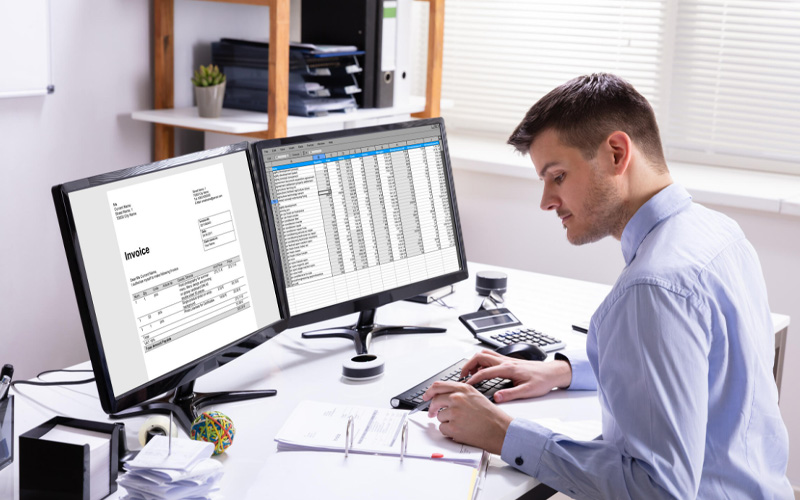The role of communication service providers (CSPs) has been evolving over the years. While they initially focussed on infrastructure and basic connectivity, they are now transforming to digital experience enablers with the rise of technologies such as 5G, cloud computing, AI and IoT. Legacy billing systems that were used by CSPs were built to cater to handle voice, SMS, and fixed-line services. Telecom has shifted to advanced digital services including 5G connectivity, IoT solutions, and integrated cloud-based offerings that support smart cities and Industry 4.0 applications. The offshoot of this has been the fact that there has been a steady shift to pricing models that are growing more and more complex, hybrid and dynamic. It is clear that with the proliferation of these digital technologies, CSPs can no longer use legacy billing systems.
The ask is steep: CSPs need to manage hybrid business models, real-time charging and converged billing, all the while maintaining regulatory compliance and ensuring seamless customer experiences. And that is the reason many CSPs are moving towards modernizing their Business Support Systems (BSS) and Operation Support Systems (OSS) environments. This spending is expected to reach USD 15.8 billion, as per Analysys Mason, a global management consulting and research firm that specializes in the Telecoms, Media, and Technology (TMT) sectors.
limitations of legacy billing systems
Legacy billing systems are not able to handle new high-volume services such as IoT device billing or real-time 5G use cases. Their billing operations are often siloed, with separate billing for prepaid, postpaid and enterprise customers. This creates a lot of complexity and data duplication. Billing errors, lack of transparency and delayed billing are compounded in legacy billing systems and cause a lot of frustration for customers. Apart from that, legacy systems also do not have the capability to support digital onboarding, self-service portals and real-time usage leading to a poor customer experience. To remain competitive and relevant, companies using legacy billing systems must consider transitioning to digital billing systems.
how are digital billing systems transforming the game?
Automation and efficiency are the keywords when it comes to digital billing systems. Their usage streamlines revenue management with reduced manual efforts and processes, which in turn, leads to fewer billing errors. Modern billing systems are able to accommodate flexible pricing models and structures.
CSPs of yore had simple pricing plans and they primarily billed voice and SMS services. Things have changed dramatically today. CSPs need to handle a wide mix of services that include mobile data, broadband, IoT device connectivity and enterprise solutions to name just a few. With each service having unique consumption patterns and costs, the pricing structures have become complex.
CSPs work a lot with OTT players and IoT ecosystem partners among many others. It is much easier to collaborate with such partners if there is digital billing, since it allows for easier revenue sharing. Digital billing systems also allow for easy integration with other enterprise tools such as CRM and ERP systems and payment gateways.
Even customers these days expect flexible pricing structures with pay-as-you-go plans, rather than rigid monthly subscriptions. Such complexities in pricing are more easily handled by digital billing systems. Customers demand and expect an elevated customer experience with self-service portals and multi-currency support. The icing on the proverbial cake is the fact that digital billing systems allow for a superior customer experience with real time invoicing and flexible payment methods.
requirements of a modern and digital billing system
A modern and digital billing system must go beyond traditional rating and invoicing. It should enable rapid scalability and easy integration with CRM and Operational Support Systems. Convergent billing is something that the system should support across different and varied systems. The system must adhere with security and regulatory compliance in order to maintain trust and confidentiality.
Per analysts, the global telecom billing and revenue management market size is set to increase from USD 22.26 billion in 2025 to about USD 54.41 billion by 2034. The market is expanding at a CAGR of 10.44% from 2025 to 2034. The growth of this specific market is attributed to the rising demand for real-time digital billing solutions. Such solutions improve service offerings and improve Customer eXperience (CX). With the promise of so many benefits, it is only expected — and a smart move for CSPs — to make the shift to digital billing systems to meet evolving needs.
how Infosys BPM can help
CSPs deliver a wide spectrum of telecommunications services — from voice and video calling to instant messaging, email, and collaboration tools — empowering seamless connectivity for users.Infosys BPM’s mission is to elevate this interconnected world by equipping communication service providers with cutting-edge technologies and actionable insights. By boosting their efficiency and effectiveness, we help them unlock new growth opportunities and strengthen their bottom line.







